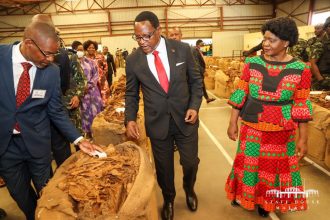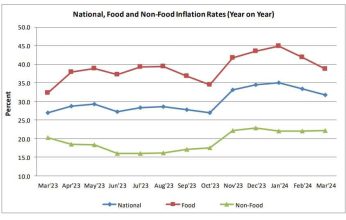Cage culture to spread to other parts of Lake Malawi
 Malawi Government says the established cage culture farm by Maldeco Fisheries on the southern part of Lake Malawi has compelled the Department of Fisheries to roll-out such initiatives to potential investors on other parts of the lake.
Malawi Government says the established cage culture farm by Maldeco Fisheries on the southern part of Lake Malawi has compelled the Department of Fisheries to roll-out such initiatives to potential investors on other parts of the lake.
Ministry of Agriculture and Food Security spokesperson Sara Tione, in an e-mailed reply detailing the progress made thus far in promoting fisheries, indicated that the department has embarked on cage trials on the central part of Lake Malawi.
“To ascertain the feasibility of rolling out, the department has embarked on cage trials for the central part of Lake Malawi such that by November 2012, a set of two trial cages were constructed at Senga Bay Fisheries Research Station and were installed at Chigumukire Beach in Senga Bay, Salima,” she said.
Tione said by November 3 2012, the set-up cages had been stocked with 8 200 fingerlings and the fish is expected to be harvested by June this year.
Besides, she said a total of 143 ponds have been constructed in all the districts and, so far, 82 of them were stocked with 44 550 fingerlings.
“The most common species that have been stocked in these ponds include Tilapia rendalli; Oreochromis shiranus, Oreochromis karongae and Oreochromis mossambicus, among others,” said Tione.
She said the department will also continue to assess the fish stock in natural water bodies such as Lake Malawi to promote deep water fishing.
In the medium term, the Economic Recovery Plan (ERP) identified five areas of focus including energy, tourism, mining, agriculture and transport infrastructure and Information and communication technology (ICT).
According to the ERP, apart from diversification of crops, the agriculture sector will also focus on animal farming and fisheries.
Malawi’s demand for fish stands at four kilogrammes per person annually, but government wants to increase it to 14 kilogrammes per person per annum.
The country currently produces 2 500 metric tonnes of fish from ponds and between 80 000 and 90 000 metric tonnes from its natural water bodies.





